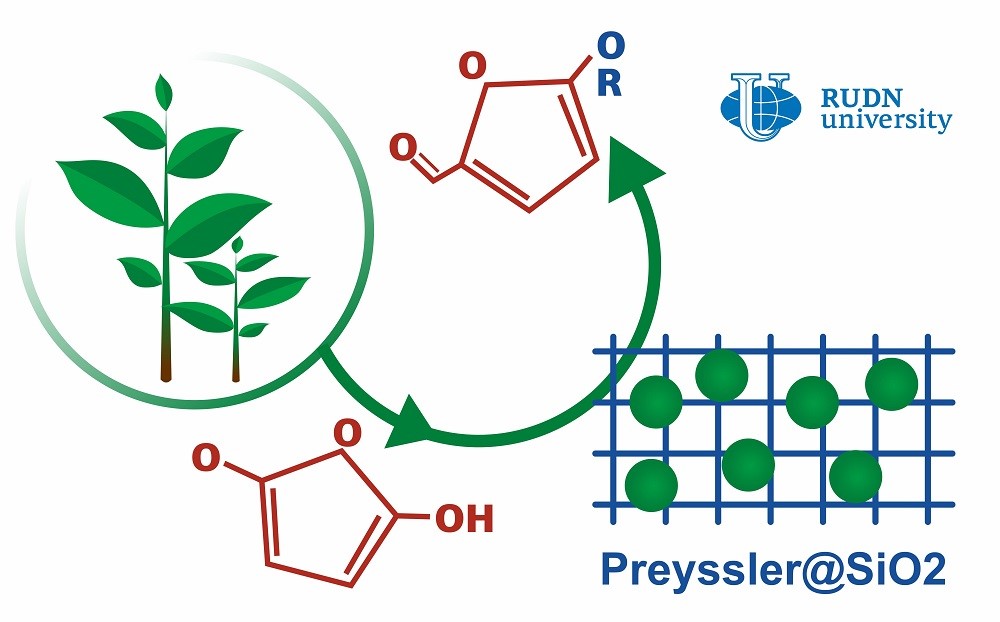A chemist from RUDN University suggested increasing the efficiency of biofuel production 4 to 10 times using silica-supported heteropolyacids

The production of
“HMF is
a small molecule that has a lot of attention in industry. Its etherification is an important field of research because the products of this reaction are used as fuel and precursors of complex molecules. We tried to optimize HMF etherification with a silica xerogel containing heteropolyacids,” said Rafael Luque, PhD, the head of the Molecular Design and Synthesis of Innovative Compounds for Medicine Science Center at RUDN University.
To
Having conducted a
“The parameters that we
identified can be applied to similar reactions of HMF with other alcohols to obtain ethers with different structures. Such ethers can further be used as fuel or precursors for complex molecules,” added Rafael Luque, PhD, the head of the Molecular Design and Synthesis of Innovative Compounds for Medicine Science Center at RUDN University.
The results of
The project to develop a cellular model of the placenta became the winner in the Scientific Materials category of the Young Scientists 3.0 competition, organized with the support of the Presidential Grants Foundation and T-Bank.
Ten scientific journals published by RUDN University have been included in the highest level of the state list of scientific publications, the White List.
Forests are not only the lungs of the planet, but also home to millions of species. However, it has remained unclear how underground interactions between trees and fungi affect forest species richness in different climatic conditions. Previous studies have yielded conflicting results: in some regions, the dominance of certain fungi reduced tree diversity, while in others it increased it.
The project to develop a cellular model of the placenta became the winner in the Scientific Materials category of the Young Scientists 3.0 competition, organized with the support of the Presidential Grants Foundation and T-Bank.
Ten scientific journals published by RUDN University have been included in the highest level of the state list of scientific publications, the White List.
Forests are not only the lungs of the planet, but also home to millions of species. However, it has remained unclear how underground interactions between trees and fungi affect forest species richness in different climatic conditions. Previous studies have yielded conflicting results: in some regions, the dominance of certain fungi reduced tree diversity, while in others it increased it.